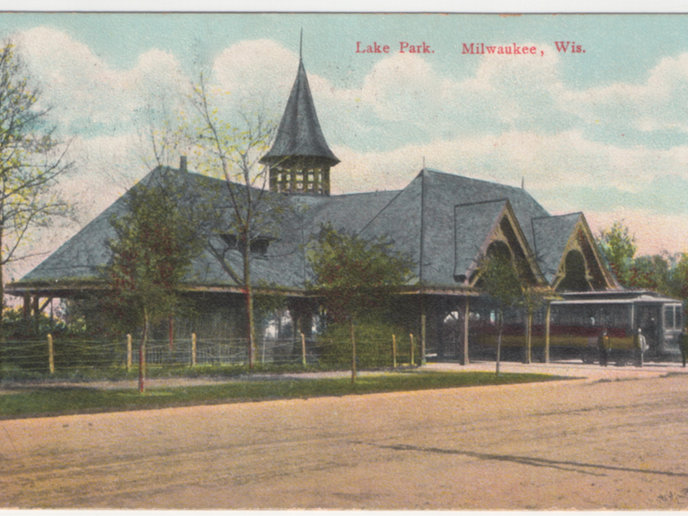With the Milwaukee Common Council scheduled to vote on the $123.9 million initial phase of the Milwaukee Streetcar at its Feb. 10 meeting, it's worth taking a moment to recall we've been down this particular railroad before.
A century ago, streetcars owned by The Milwaukee Electric Railway & Light Co. served the city. It was one of the largest, most innovative and best-run transit systems in the nation.
The same company supplied the city with both electric power and mass transit until 1938, when it divided into the Wisconsin Electric Power Co. and the Milwaukee Electric Railway & Transportation Co. (Locally known as the Electric Company and the Transport Company.)
At its peak in the early 1900s, the TMER&L operated hundreds of streetcars on its 191-mile system. Streetcars ran on most major thoroughfares in the city. Interurban lines reached south to Kenosha, north to Sheboygan and west to Burlington, Waukesha, East Troy and Watertown.
The TMER&L formed in 1896. It was a collection of many small streetcar, horsecar and steam railway companies gathered into a single, giant system.
One of those early operations, the Milwaukee Street Railway Co., built the elegant Lake Park trolley depot, shown above in an early 1900s postcard view.
Lake Park was one of three Milwaukee parks designed in the 1890s by Frederick Law Olmsted's landscape architectural firm (the other two parks are Riverside and Washington). Of the three, Lake Park became the finest.
The park, with its winding paths and magnificent views of Lake Michigan, was immediately popular. And in the days when automobiles were rare and horse-drawn carriages were for the wealthy, streetcars gave working-class Milwaukeeans easy and affordable access to the new park.
The trolleys reached Lake Park on a double set of tracks on Locust Street served by two major streetcar lines. Trolleys operating up and down Downer Avenue turned onto Locust for a quick side trip to the park. Farther west, trolleys on Center Street swung north on Humboldt Boulevard and then east onto Locust for the run to the park.
Most transit systems, then as now, would have been content to install a modest shelter with a bench or two at the end of the line. Instead, Milwaukee Street Railway built an elaborate wooden structure with a tall, peaked roof in the Swiss Chalet style. The center section sheltered streetcars boarding and discharging passengers on side-by-side tracks. One wing of the building had a restroom for railway employees, the other end had public bathrooms.
When it opened in the mid-1890s, the Lake Park trolley station was the only noteworthy building in Lake Park. An 1897 newspaper article called the station, "handsome and convenient" and admired the way its tower rose above the park's treetops.
As an added attraction, the railway also sponsored a summer concert series in the park. In 1895, it hired Professor Clauder's band to perform Wednesdays and Saturdays.
Year after year, the bands played and trolleys rumbled down Locust Street to the lake. But times were changing. The last new streetcar route, the Center Street line, opened in 1909. After that, the streetcar system slowly declined as buses replacing trolleys, and private automobiles became common.
The steady pace of cutbacks and abandonments continued. Between 1927 and 1937, Milwaukee tore up 26 miles of track, but the system still had 15 routes, 105 miles of track and 586 streetcars. In the same period, the number of buses increased from 74 to 176.
"The time never will come, in my opinion, when Milwaukee will have no streetcars," said Roy Pinkley, the Electric Company's vice president of transportation in a 1937 interview. "Streetcars are the backbone of the transit system in Milwaukee just as they are in most other large cities. They are the most efficient vehicles for handling mass transportation. No, I don't see the end of them in Milwaukee."
The end was already at hand for the Lake Park station. In 1931, buses replaced trolleys on Downer. In 1937, the same year Pinkley gave his optimistic outlook, buses replaced trolleys on the eastern end of the Center Street line.
Buses served the Lake Park station until its demolition in 1957. The only reminder of the station site is a paved loop at the east end of Locust Street, used as a bus turn-around.
The debate over the proposed Milwaukee Streetcar is a reminder of what we had, lost and may regain. Perhaps, one day there will again be an elegant trolley station at Lake Park.






